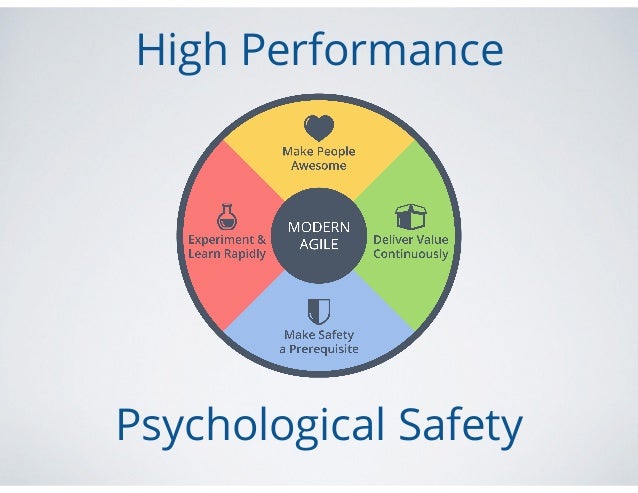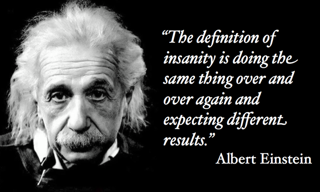A couple of weeks ago, during a conversation with an executive coach I was re-introduced to the term “psychological safety.” I had not thought much about the term previous from a leader’s perspective but after the talk I realized the importance. As I further reflected, I realized how much psychological safety is connected to high performing organizations.

Most organizations, but especially educational organizations are constantly seeking to continuously improve. Improvement is not typically about doing the same thing better, it is more often about tweaking your processes or radically shifting your practice.

Improvement is about becoming both more efficient and effective and ultimately more innovative and creative. But how do you create a culture of improvement if you haven’t first created a culture of trust? How can you ask your staff to be bold without them feeling psychological safety?
Innovation originates from individuals stepping outside the typical boundaries. While there are some “jobs” that require employees to stay strictly within the boundaries, most allow more flexibility. In education, where we are constantly looking to improve the experience of our students, out of the box thinking and doing are required. This doesn’t mean a “free for all” because research still needs to be a guiding principle. But without a culture that allows for “failing forward” and “learning fast” our classrooms and overall systems will continue to practice insanity.
Each time we ask or promote staff to “do things differently” we are asking them to move from the comfortable to the uncomfortable, from a place of competence to a place of incompetence. Few of us like to the feeling of uneasiness when we are faced with a new situation or learning a new skill, but it makes it much easier if a safety net is provided. That net is psychological safety!
We know too much today about the importance of trust in an organization. Now leaders need to extend that trust to highlight psychological safety for employees so they may step up and out, be bold and free and make the differences required!

3 Comments
Great points Chris. I’d add that safety (trust and professional vulnerability) is the result of specific ingredients in the relationship between administrators and teachers (empathy, curiosity, non-judgment, positive regard and goal consensus). You can’t start with trust, you need to start with meaningful connection, and I’d add that meaningful connection is only possible when those in up-power positions understand their power and use it to create cultures of safety, significance and purpose.
Thanks for the post!
Author
Thanks for the comments Jeff! I’ve said for a long time that authentic relationships must be established before any meaningful work can occur. Leaders must work hard to ensure their relationships are solid!
The Canadian Mental Health Association (CMHA) offers training to introduce and implement effective psychological health and safety policy into your organization. For those serious about psychological and cultural safety in the workplace.